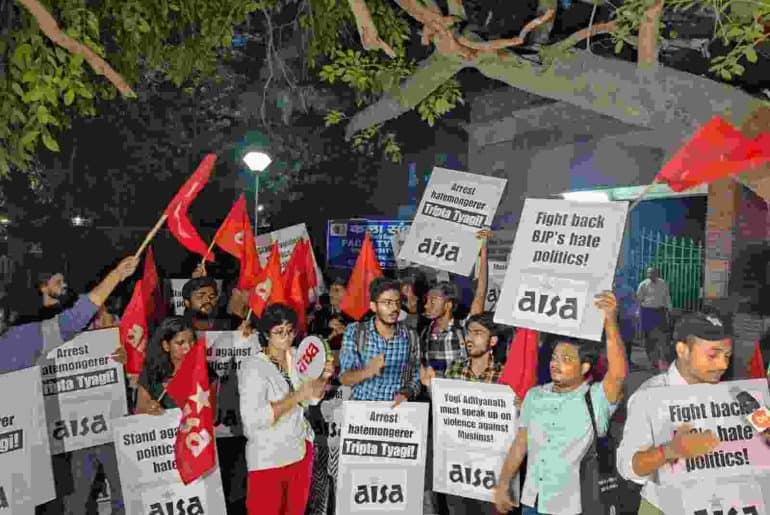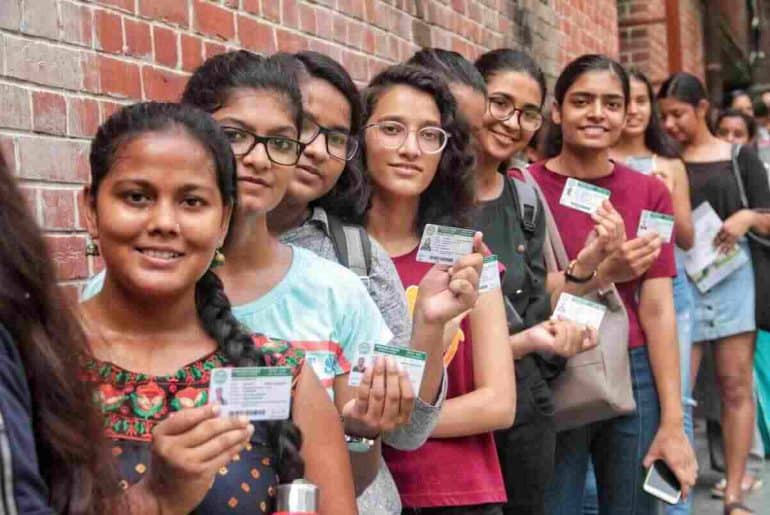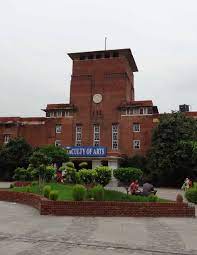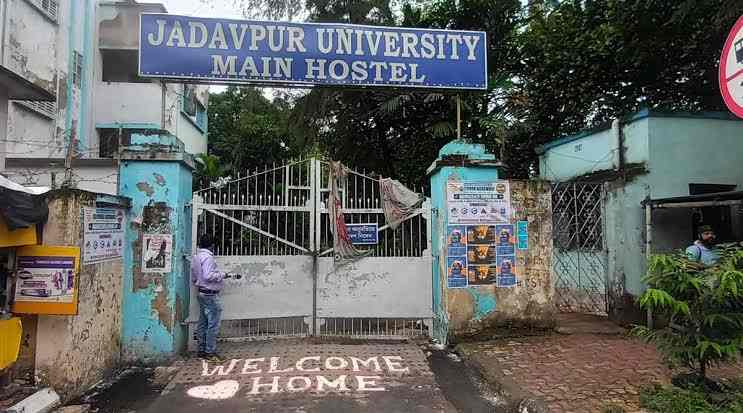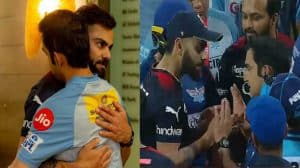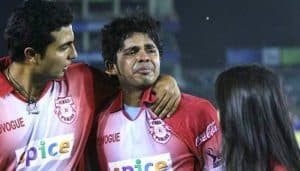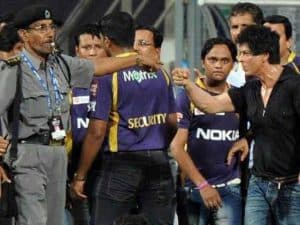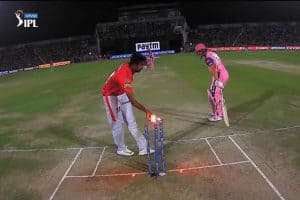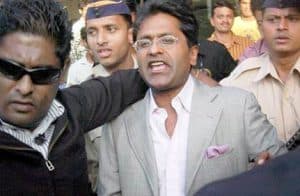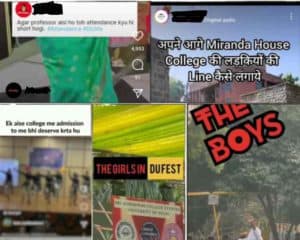Amidst modern excess, Minimalism surfaced as a guiding light of simplicity and intentionality. However, its evolution into an aesthetic trend inadvertently started to echo with privilege, sidelining those who needed it most. Can minimalism evolve to bridge the divide between privilege and inclusivity?
I noticed the word Minimalism casually being dropped into conversations in 2019 when the Netflix show Tidying Up with Marie Kondo began airing. Almost instantaneously, there was an obsession with tidying and perfectly organised bedroom drawers. The gentle and inviting coziness of the show captivated audiences, leading them to believe in the possibility of living prosperous lives, distinct from the prevailing extravagance that dominated much of our existence. Eventually, like most popular things in the social media age, minimalism started to gain traction as an aesthetic. Now, people no longer want to be associated with excess; simplicity is all the rage once again.
Minimalism as a concept surfaced particularly through the artistic movements in the 1960s as a challenge to the abstract expressionist movement that dominated the World War II era. However, minimalism as a lifestyle began to flourish in the 21st century, as an increasing number of people started to feel suffocated by the mindless accumulation that had taken root in their lives. The concept that personal contentment can be pursued without constant reliance on instant gratification from material objects is truly liberating. Minimalism also focuses on the emotional relationship between our material possessions, prompting us to appreciate their significance and purpose in our lives.
However, the concept of minimalism fails to acknowledge the influence of socioeconomic privileges in shaping the standards of what is deemed “aesthetic”. While minimalism advocates for mindful living and appreciating our time and surroundings, it tends to disregard the privilege of having “time” itself. Many individuals lack the luxury to dedicate time to deliberate choices about their possessions. While promoting minimalism is certainly valuable and demands greater attention, it inadvertently marginalizes individuals from lower socioeconomic backgrounds. Their limited resources and time prevent them from investing in possessions that genuinely enhance their lives. For them, minimalism isn’t a voluntary decision but rather a necessity dictated by their circumstances.
[This trend is] all about spending an incredible amount of time and attention to look as if you hadn’t thought about it at all.
-journalism Chelsey Fagan wrote in 2017
Modern-day minimalism places significant emphasis on aesthetics. The image often involves pristine white walls and linens paired with opulent dark wood, accentuated by touches of greenery to instill a sense of airiness. However, herein lies the predicament with minimalism. It tends to cater predominantly to a wealthier demographic, one that possesses the means to indulge minimalism into a lavish trend. Conversely, individuals with fewer resources have inherently practiced a form of minimalism, driven by the circumstances that shape their lifestyles and decisions. While their approach might not align with the conventional aesthetic, their practices resonate more genuinely with the fundamental values that minimalism advocates.
I guess around the late 2010s I really started noticing minimalism in my Pinterest feed. The aesthetic was very similar and there was a lot of emphasis on cleanliness. I think about minimalism and how it is about having less but valuable things in your life, I feel like it has already been done by people. I don’t think minimalism is anything new as a concept but I feel like people are just now taking it seriously because rich white people suddenly believe capitalist consumption is wrecking the earth.
-remarked a student from Mumbai
The concepts of minimalism often intersect with the principles of sustainability, particularly within the realm of fashion. Sustainability in fashion revolves around the notion that individuals should curate a wardrobe comprised of “investment” pieces. This approach enables us to derive maximal value from these items, without the constant pressure to conform to fleeting trends through low-quality fast fashion. Nevertheless, this perspective also reveals the underlying theme of privilege, as not everyone possesses the means to afford long-lasting, high-quality pieces. Many individuals turn to more affordable alternatives out of necessity, as they lack viable options.
I used to thrift all my clothes. I wasn’t necessarily aware of the sustainable implications or the vintage aesthetic of the clothes. It was just something my family did for the longest time. But now it’s considered so cool to go thrifting. I’m glad it is gaining awareness because of sustainability but sometimes I’m just confused because I see people who can afford better quality clothes from sustainable brands go thrifting and then immediately discard those clothes after 2-3 wears. I just feel like it defeats the purpose. For my family, Goodwill was essentially the only way we could afford clothes but I sometimes feel like if I had the resources, I would definitely try to invest in more expensive but sustainable brands.
-remarked a student from New York City
This doesn’t imply that minimalism is an elitist movement or that we should abandon its principles. Instead, it’s crucial to expand the perspective of minimalism beyond the familiar narratives that primarily resonate with affluent individuals. Contemporary minimalism is heavily associated with the privilege of choice, a luxury that isn’t accessible to many of us. The issue with the current state of minimalism is not its inherent cost, but rather the fact that it’s both expensive to adopt and carries a sense of condescension towards those not embracing the lifestyle. Thus, it becomes essential to redirect our attention from the “glamour of minimalism” and instead focus on how we can make minimalism more relatable and attainable for those who are already engaged in its principles.
While minimalism promises a path to mindful living, the popularization of minimalism often overlooks the barriers of socioeconomic privilege that influence its aesthetics and accessibility. The paradox lies in advocating for simplicity while failing to recognize that true simplicity may be forced upon those without the means to choose it. As we strive to redefine the narrative of minimalism, we must question whether its current trajectory aligns with its core principles of intentionality. How can we bridge the gap between the aspirational image of minimalism and the reality faced by those who lack the luxury of choice? Can we reshape minimalism into a movement that honours its essence while fostering inclusivity and acknowledging diverse economic circumstances? By reflecting on these questions and reshaping the discourse, we can work towards a version of minimalism that truly speaks to the essence of material liberation and contentment for all.
Read Also: https://dubeat.com/2016/12/19/minimalism-have-less-be-more/
Image Credits: Inc. Magazine
Sri Sidhvi Dindi




